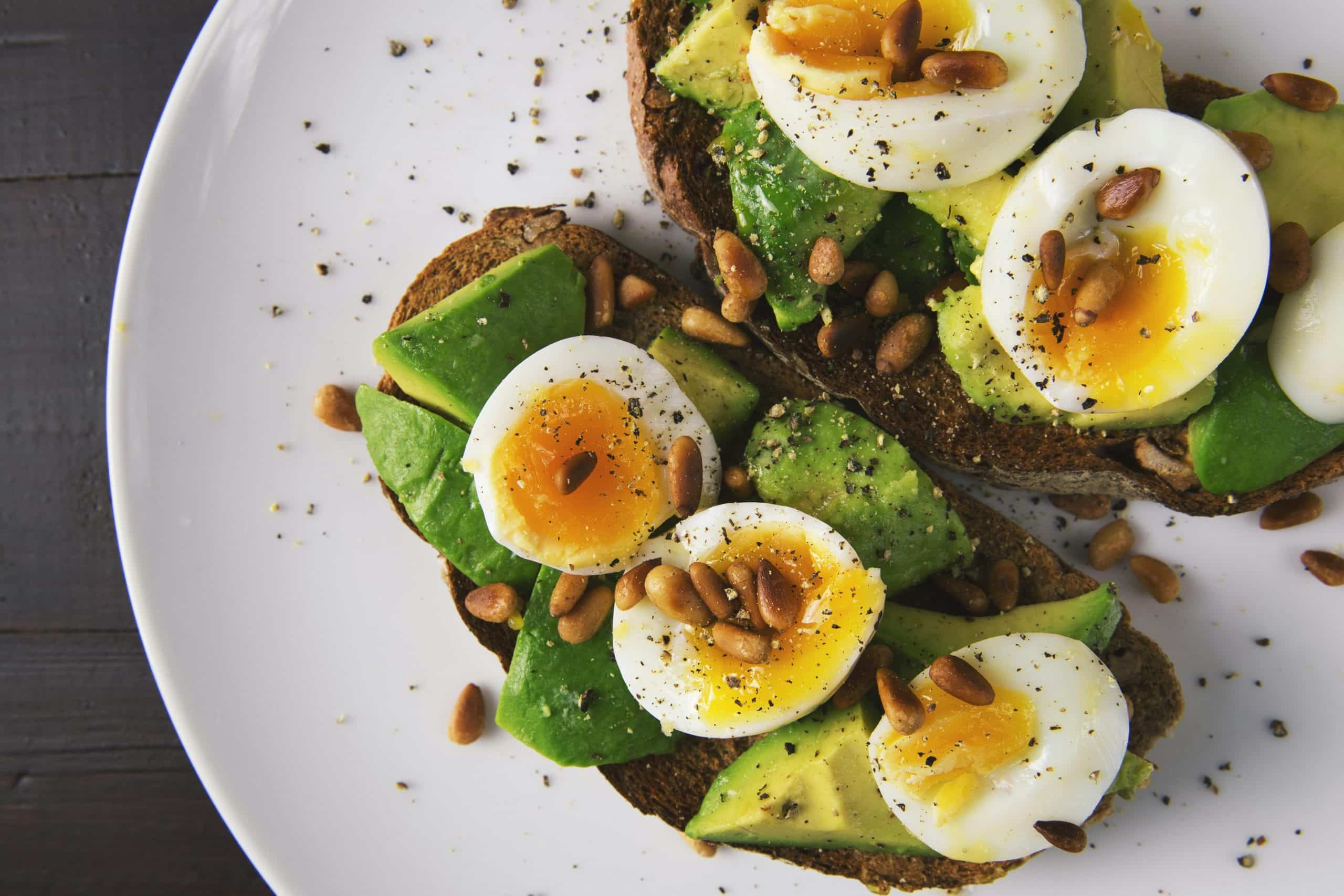What’s the Best Method to Create a Crisp and Juicy Peking Duck?

Before we dive into the art of creating a perfect Peking Duck, let’s take a moment to appreciate the heritage and importance of this beloved dish. Originating from the imperial era of Beijing (or ‘Peking’ as it was then known), Peking Duck is a culinary symbol of China, revered for the delicate balance it strikes between its crispy skin and succulent meat. When done right, a Peking Duck is not just a meal, but a sensory experience to be savored. It’s about indulging in the cultural richness of Chinese cuisine and the sheer joy of cooking. Today, we’ll guide you through the journey of mastering this dish by revealing the best method to roast a crispy and juicy Peking Duck.
The Core Elements of Peking Duck
This part will provide you insights into the key elements of the Peking Duck recipe, focusing on the duck selection, the skin and the meat.
In the same genre : How to Craft a Perfect Spanish Tortilla with a Creamy Center?
Duck Selection
Choosing the right duck is the foundation of your Peking Duck recipe. A typical Peking Duck is made from a white, Pekin variety of duck. Look for a duck weighing between 5 and 7 pounds, with a good layer of fat beneath the skin. This fat will help keep the meat moist as it cooks, and help create that coveted, crispy skin.
The Skin
The hallmark of a great Peking Duck is its thin, crispy skin. Achieving this requires a series of meticulous preparation steps. The skin should be carefully separated from the meat and air-dried before cooking to ensure crispiness.
Also read : How to Create a Perfectly Balanced Spiced Lentil Dahl with Naan Bread?
The Meat
Keeping the meat juicy and tender, while the skin crisps, is another challenge. The key is to slow roast the duck, allowing the fat to gradually render and baste the meat. The meat should be succulent enough to be eaten alone, but also absorb the flavors of the accompanying sauce.
Preparing the Duck
This section details the step-by-step process of preparing the duck for roasting, from cleaning it to air-drying the skin.
The first step in preparing the duck is cleaning it thoroughly. Rinse it under cold water, ensuring the inner cavity is well cleaned. Next, blanch the duck in boiling water for about 10 minutes. This step will tighten the skin and aid in the removal of any remaining feathers.
Air-drying the skin is a crucial step in achieving a crispy exterior. This process can be done by hanging the duck in a cool, dry place for 24 hours, or using a fan to speed up the process. Ensure the duck is completely dry before moving to the next step.
Roasting the Duck
Now that you have your duck prepared, we’ll move on to the cooking process, explaining how to roast your duck to perfection.
Start with preheating your oven to 350 degrees Fahrenheit. While the oven is heating, you’ll want to prick the skin of the duck to allow the fat to render out during the roasting process without drying out the meat.
Place the duck on a rack in a roasting pan and cook it in the preheated oven. The duck should be roasted for about one hour per pound, turning it every 30 minutes to ensure an even roast. Remember, slow and steady wins the race here.
Crafting the Sauce
No Peking Duck is complete without its accompanying sauce. While the duck is roasting, it’s time to prepare the sauce.
Traditional Peking Duck is served with a sweet bean sauce or a hoisin sauce. This sauce is usually made with fermented soybeans, vinegar, sugar, garlic, and various spices. Mix these ingredients in a saucepan and simmer for 15-20 minutes until it thickens.
Now, with the sauce prepared and your duck roasted to golden perfection, you have successfully created a Peking Duck that’s both crispy and juicy. All that’s left is to carve your masterpiece and serve it alongside some Chinese pancakes and the sauce.
Remember, cooking is as much about the journey as it is the destination. The process of creating this Peking Duck should be a joyous culinary adventure, steeped in the rich flavors and techniques of Chinese cuisine. So, here’s to your cooking journey. Bon appétit!
The Art of Carving Peking Duck
Learning the technique of properly carving your roast duck is essential for achieving the perfect Peking Duck. The objective is to preserve the crispy skin while unveiling the juicy meat beneath.
Before you commence carving, make sure your duck has had time to rest after roasting. This aids in redistributing the juices within the duck, ensuring every bite is packed with flavor. The first cut should be made along the breastbone, starting from the neck and working your way down towards the tail. This will yield two full duck breast fillets, showcasing the beautifully roasted skin on top.
The next step is to remove the legs and thighs. This is done by cutting through the joint that connects the duck’s leg to its body. Remember to be cautious and take your time during this process to prevent damaging the crispy skin.
Once the legs and breast meat have been removed, you can carve out the remaining meat from the carcass. This meat can be used for other recipes or added to your Peking Duck dish. The last step is to chop the duck breast and legs into thin slices, ensuring each piece includes both the crispy skin and the tender, juicy meat beneath.
Conclusion: Savoring Your Peking Duck
Congratulations! Your journey in crafting the perfect Peking Duck is complete. The product of your meticulous preparation, careful cooking, and delicate carving is a Peking Duck with a crispy skin that crackles with each bite, revealing succulent meat that melts in your mouth.
To fully enjoy your Peking Duck, pair each slice with a Chinese pancake spread with your homemade hoisin sauce or sweet bean sauce. Add some sliced cucumber and spring onions for a fresh crunch, then roll up the pancake and take a bite. The combination of the crispy duck, tangy sauce, and fresh vegetables is a symphony of flavors that heralds back to the imperial courts of old Beijing.
Creating a perfect Peking Duck is a culinary journey that spans centuries, bringing the rich heritage of Chinese cuisine into your kitchen. It’s a testament to the art of cooking – a balance of precise techniques, quality ingredients, and above all, patience. So, sit back, savor your creation, and reflect on the joyous journey you’ve embarked on. After all, in the world of cooking, it’s the journey and the destination that both deserve to be celebrated.
